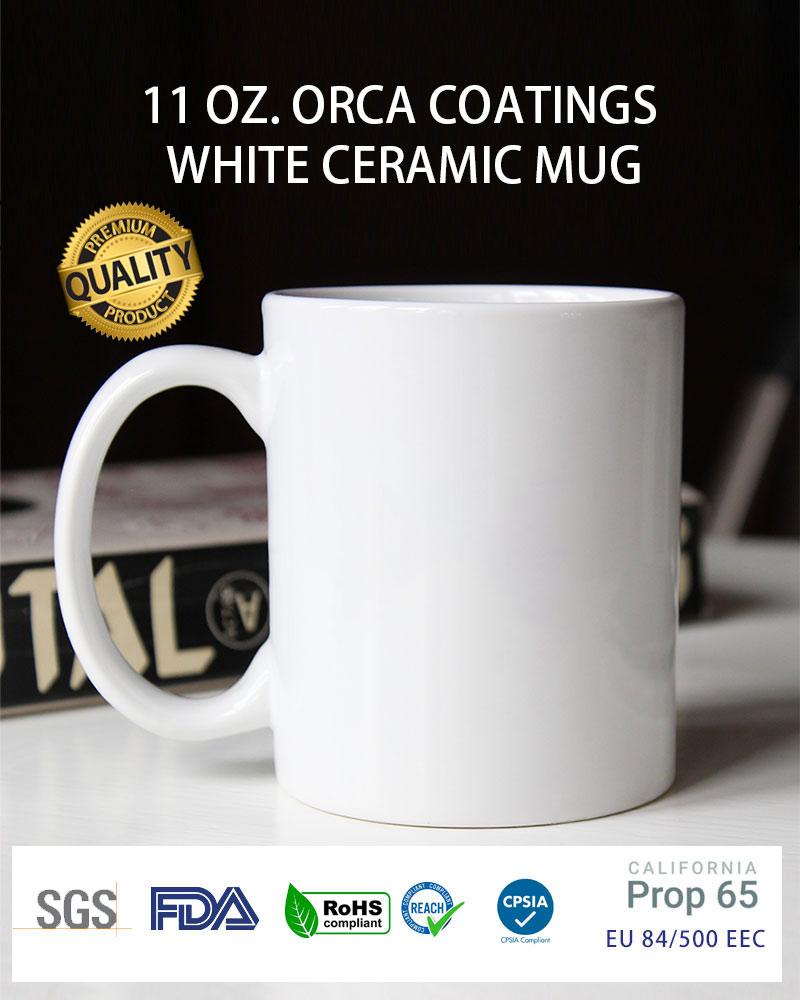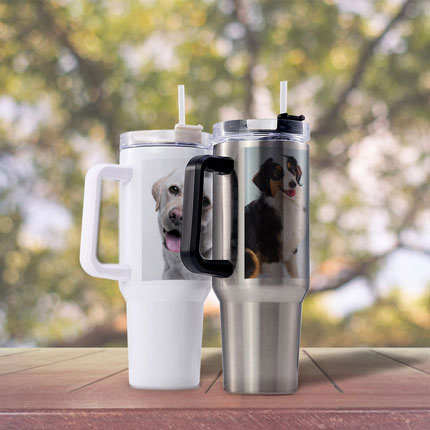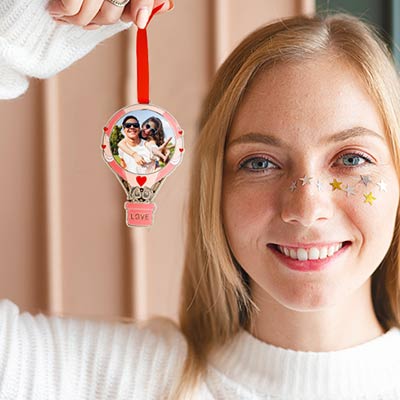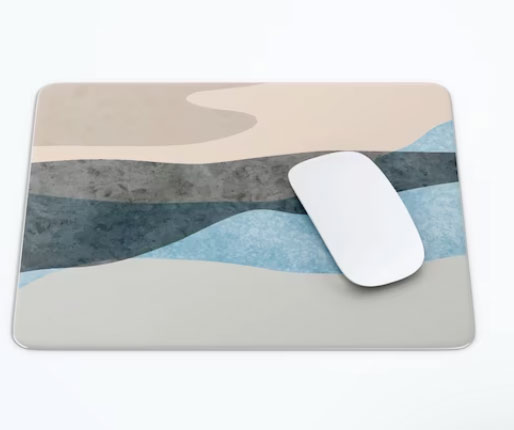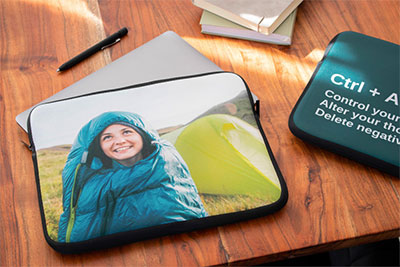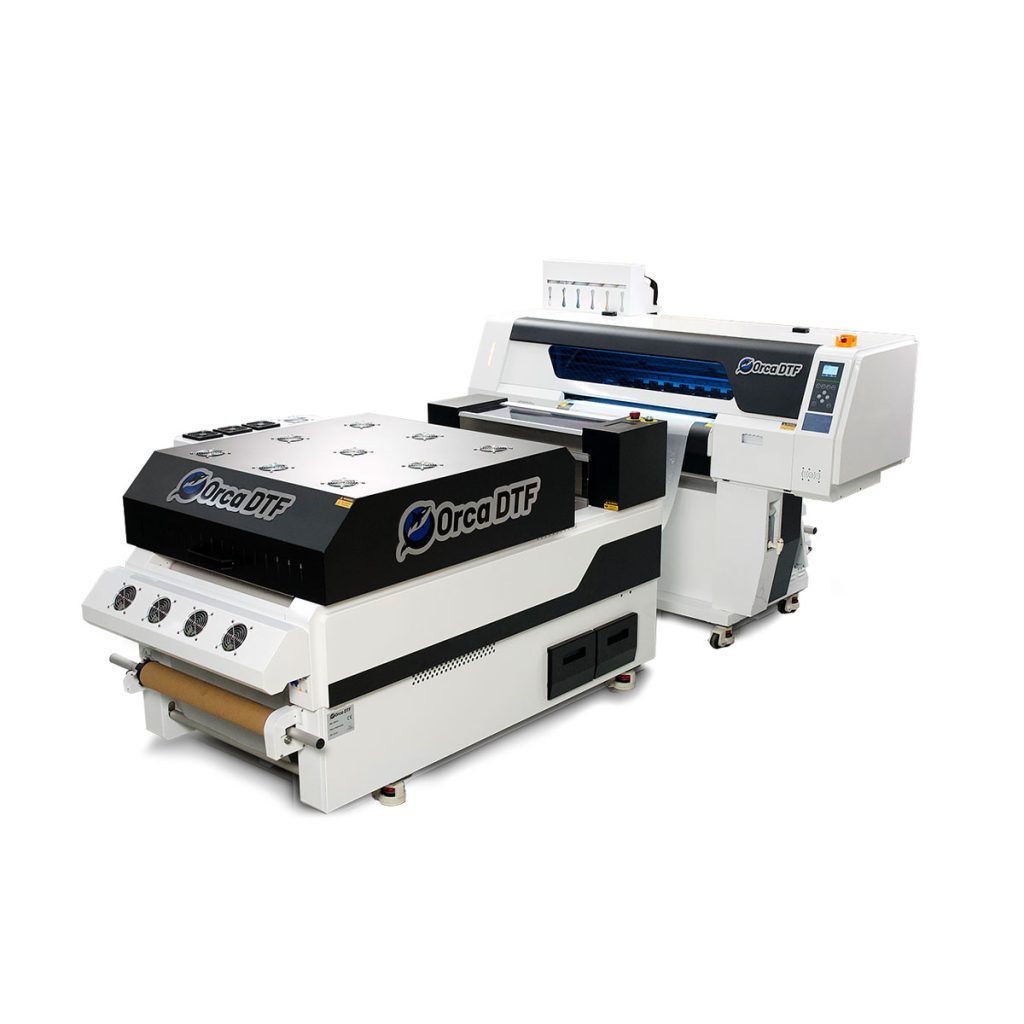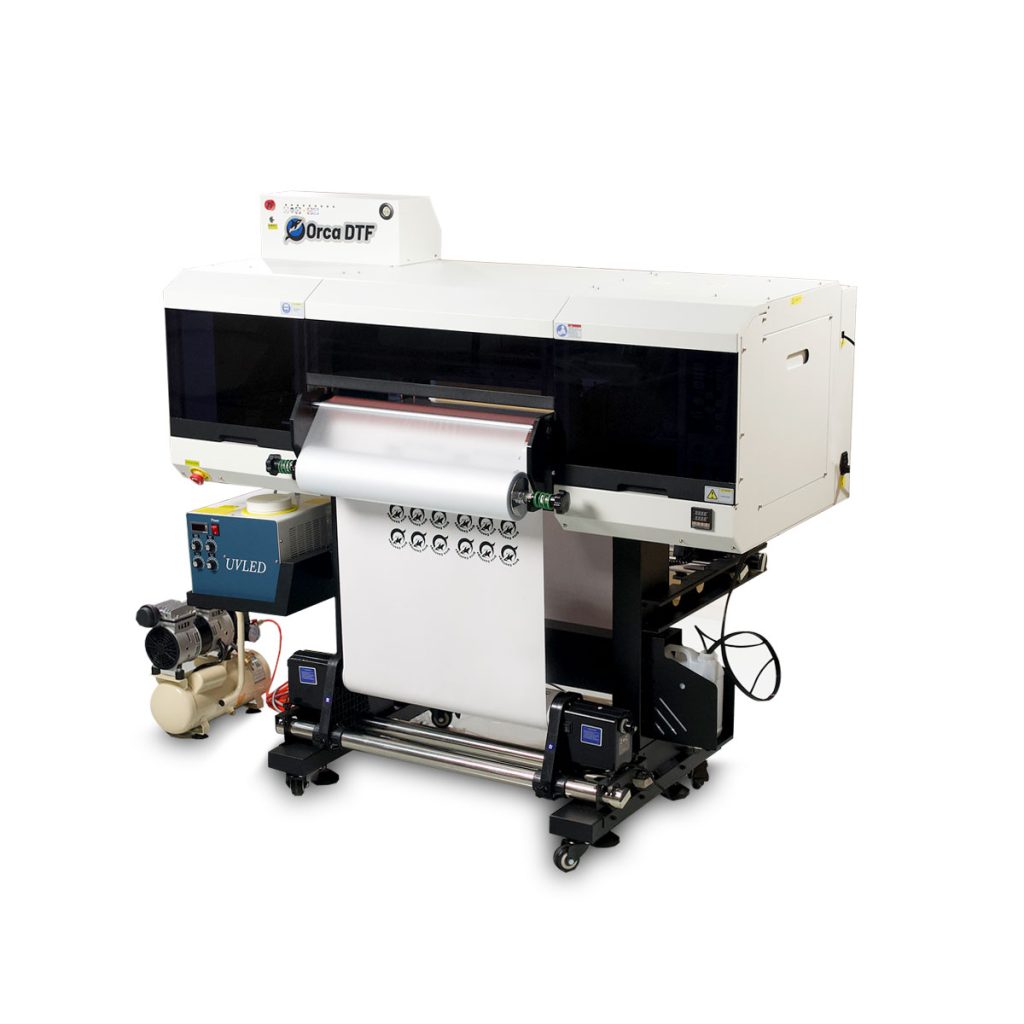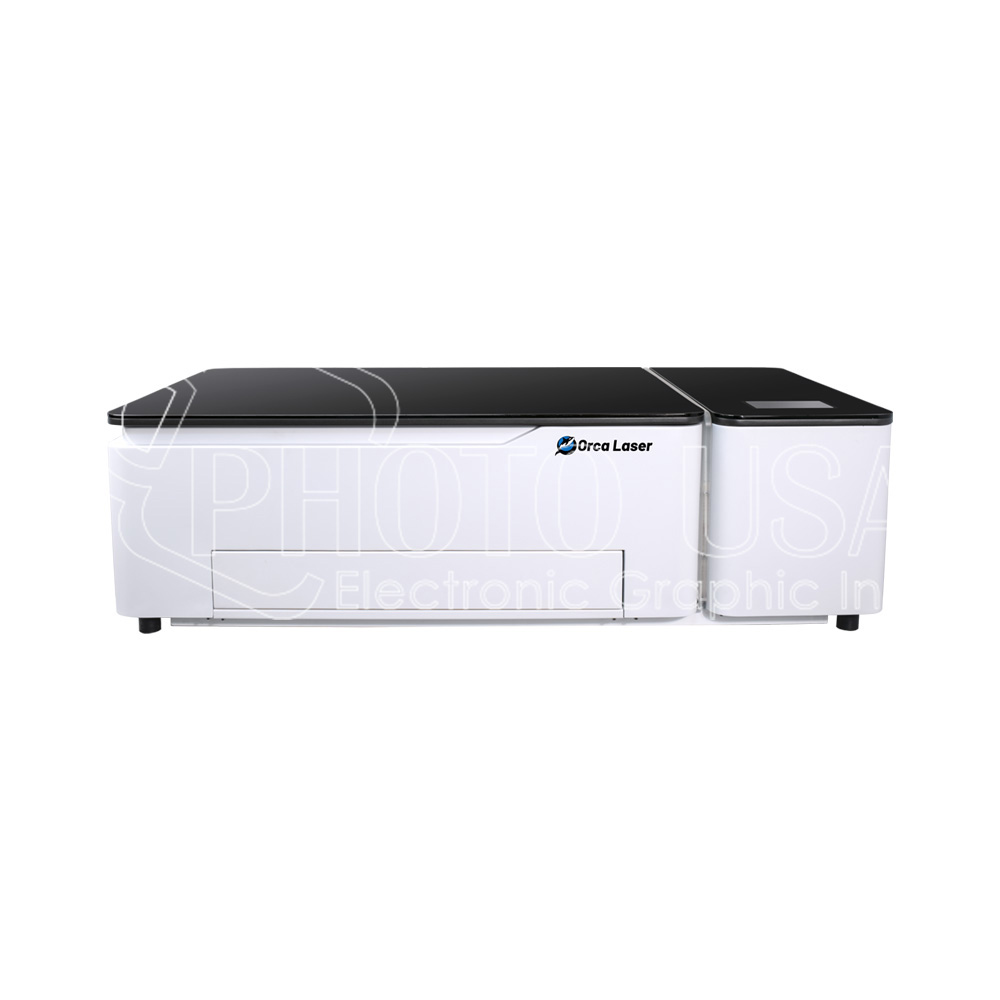Below you will find questions we get asked the most about Photo USA. If you have any other questions, please feel free to directly contact our sales team!
FAQs
The ORCA coated mugs are a type of sublimation mugs that are coated with well-known ORCA Coatings® developed by Photo USA. The coated mugs are also called the thermal transfer mugs and specially made for thermal transfer.
Photo USA’s proprietary ORCA Coatings® has surpassed all others in terms of quality, consistency and durability, and ensures exceptionally vibrant colors and high resolutions on the sublimation mugs. The mugs coated with our ORCA Coatings® are dishwasher-safe, microwave-safe, and incredibly long-lasting.
[wpdatatable id=4]
Whether you need help or have a question regarding your browse, we're here to help you!
You can give us a call on: 8610 5870 2200 5 days a week from 9 am to 5 pm.
Alternatively, you can send us a quick email if you prefer.
A heat press is a machine that presses a transfer onto an imprint able substrate. Using high temperatures and heavy pressures for a certain amount of time, the transfer is permanently embedded into the product.
Heat presses are recommended for professional and satisfying results simply because standard laminating devices and home hand irons can not get even near the temperatures required for a reliable transfer. Standard transfers require anywhere from 375? to 425? F demand serious force in pressing often from 40-80 psi. These temperatures and pressures are simply not possible with other heated devices.
BestSublimation recommends BestNew Heat Presses because they are simply the best. best new Heat Presses have been the backbone of literally thousands upon thousands of businesses over the past 4 decades, providing a reliable workhorse of a product that stands up to the demands of imprinting business, manufacturing, and personal use.
https://www.youtube.com/watch?v=XHJPjrHBwSY
Changing your email address
If you would like to update your personal details, simply log in to your account, and then access "My account". By selecting "My profile" here, you can change your email address if needed. This will then be the email that you use to log in to your Meikeda.com account, and used to send you email communications.
Changing your password
You can change your password by clicking "Change password" in "My account", where you will be asked to insert your old password and then choose a new one. Please note that your password is always stored securely: all PhotoBox passwords are one way encrypted making it impossible to extract a password without knowing it first.
Sublimation imprinting is something of an Art. Since we set up at 1992, we have been using this form of printing for over 16 years and can produce many customized items such as mousepads, T-shirts, bags, ceramic mugs and plates etc with incredible color. Of course, you can turn it an art.
We notice another sublimation mousepad website telling on this, and it explains the process quite clear: “To explain this form of printing we need to start with a few basics. Sublimation ink is solid. When heated it turns to a gas and migrates. When it cools, it turns back into a solid. If you add pressure, it will migrate into another surface. If that surface is a man-made surface such as polyester or nylon, it will dye that surface. However, if it is cotton or regular metal or tile, it will migrate but will not dye the surface, thus leaving a shadow that will wash out. Since the ink is drying on the surface, you must work with the original surface color. You cannot sublimate the color “white”, so your best option is to start with a white surface. We create a transfer in reverse using sublimation ink and offset presses, then we heat apply it to a white mousepad using the right time and pressure. Creating an exact replica can be tricky because each color has a different dot gain. Quite often there is no constant rule, but rather experienced with the ink will be the only guideline available. Too much ink can make the image look muddy or dirty, or even cause the text to fill in. If you have ever seen poor sublimation you realize that it can look as bad as it can good.” — From Direct Mousepads.
Try to imagine using this kind of technique to create your own world. One day you are walking on the street and everybody passing you will know your name “James”! Their eyeballs are attracted by your own T-shirt and caps! At school you can show your special gift — a keyring with her smile on — to Lucy because today is her birthday! On the car, you are using your own traffic mugs with your artwork. Of course, when you arrive home, your wife will serve you a cup of coffee with your mugs right next to your mousepad! You can never imagine more.
Because of our experience with Sublimation, we have been producing all sorts of sublimation materials for the whole industry for more than 16 years. Some of the most beautiful artworks have been set as the standard in the industry. You can trust that we know what we are talking about, and we will work hard to achieve your complete satisfaction. Call us today on 0086 10 58702200 to see what we can do for you.
Sublimation Art Work Starts from Here!
Computer: PC or MAC with as much memory as you can afford and plenty of disk space. Currently, the color correction software for the smaller format printers mainly work with PC’s but this is expected to change in the next few weeks.
Graphics software: In order to be compatible with any of the small format color correction software packages you will need either Adobe Photoshop. Other packages like Paint Shop Pro, Adobe Illustrator, Xara Studio, etc. will work for some of the color correction software and of course, if you will be doing color correction by hand you can use anything you like.
Printer: There are a variety of printers to choose from depending on your needs. The printer you choose must be compatible with the inks/toners/ribbons that are available, not all printers will work with dye sublimation.
Heat: Most of the time this refers to a heat press but there are some alternatives. If you are looking to start out with mugs, you can purchase mug wraps that work in your home oven. There are also tile and plate presses that also work in your home oven. If you are going to be doing soft products like mousepads, shirts, hats, etc. you will need a heat press.
Dye sublimation: In my opinion, the differences in inks are much more extensive than in toners. There are a few different dye sublimation inks on the market today and within the next few weeks or months, there may be many more.
Paper: The best thing is to start off with using whatever paper is recommended by the ink manufacturer. Once you have experience with the process you can then venture out and try different papers. You will also need inexpensive blank paper to lay over your transfer paper to keep the sublimation off of your press. Some people use Teflon sheets but I find that paper works better.
Blank Products: This could be another complete article so basically check to make sure that the product you purchase is for the type of sublimation you are doing-especially when it comes to ceramic products.
We supply all this.
Dye Sublimation Transfer is a process where you use an image that has been created digitally either by scanning a photograph or downloading a picture taken with your digital camera or an image created in a piece of imaging software like Adobe Photoshop or CorelDRAW and then printing this image with an Epson printer using special inks called sublimation inks onto paper. Once the image is on the paper you place it under a heat transfer press on top of your substrate and heat the paper until the inks turn to a gas and transfer the image onto the item you are making.
The very first thing you need to be aware of is, what I say today may not be correct tomorrow or possibly even later today. The dye sublimation transfer industry has been changing so quickly over the last 2 years that it is even difficult for us veterans to keep up and we must rely on each other to stay current with all of the changes.
The next thing is, you must decide what you want to sell, who you want to sell it to, and how many do you want to sell. A normal reaction to this of course is, “I want to do it all”. Unless you are already staffed with 10-20 people and have a very large startup budget, I’m sorry to say it can’t be done. Most people getting into this business are typically part-time startup companies or they are people who currently run: awards shops, screen printing shops, engravers, sign printers, or embroidery shops who want to offer dye sublimation as an “add on” to their business. This is a diverse group of people who may have totally different ideas for what they want from a dye sublimation system.
Sublimation ink is unique in its ability to convert from a solid to a gas without going through a liquid form. (Just like dry ice.) The conversion is initiated by heat and controlled with pressure and time. Hard items such as ceramic, fiberboard, metals, etc. require a special coating to accept the sublimation inks. You must purchase the mugs, tiles, metals, etc. with the coating already on them, it is not something you can coat yourself. We carry a full line of these blank items. When you apply to 100% polyester (ie: our mouse pads and puzzles) you do not need any coating, it is applied directly to the 100% polyester fabric.
A temperature of 370° F is recommended for all products. Use moderate to heavy pressure—it should require some effort to close your heat press. Time and temperature may vary depending on your heat press and the thickness of the blank material. Dwell times can be increased or reduced in 5-10 second increments until you find the time that results in the clearest image. The times shown below were formulated for sublimation inks from our experience. Please refer to the documentation from your ink supplier for more information on temperature and dwell time.
Plastic for outdoor use (license plates): 80 - 90 seconds.
Ceramic Plate: 40 seconds.
Glass mug: 10-15 seconds.
Ceramic white coated mug: 15-20 seconds.
Tile: 4minutes to 6minutes.
Colour changing mug: 15-20 seconds.
Aluminum board: 45 - 55 seconds.
Steel board. 45 - 55 seconds.

